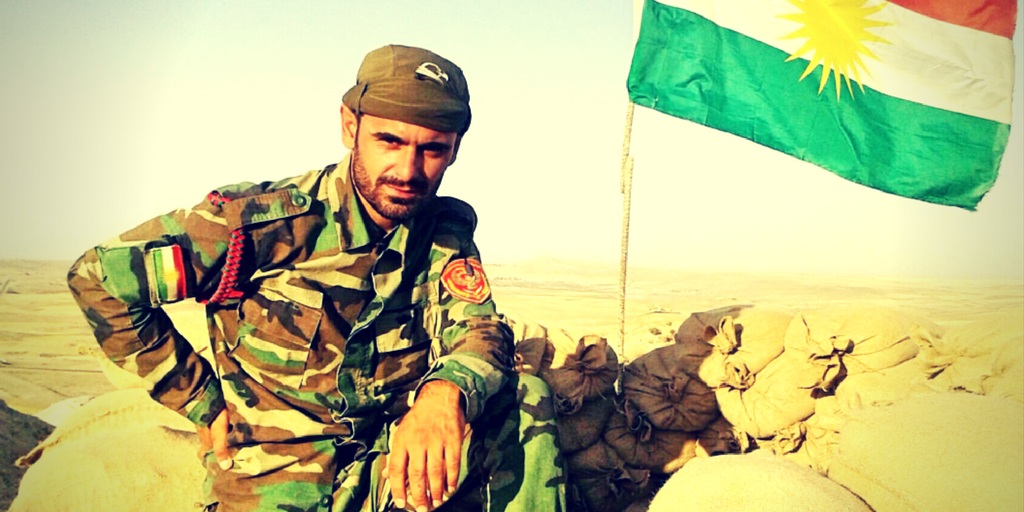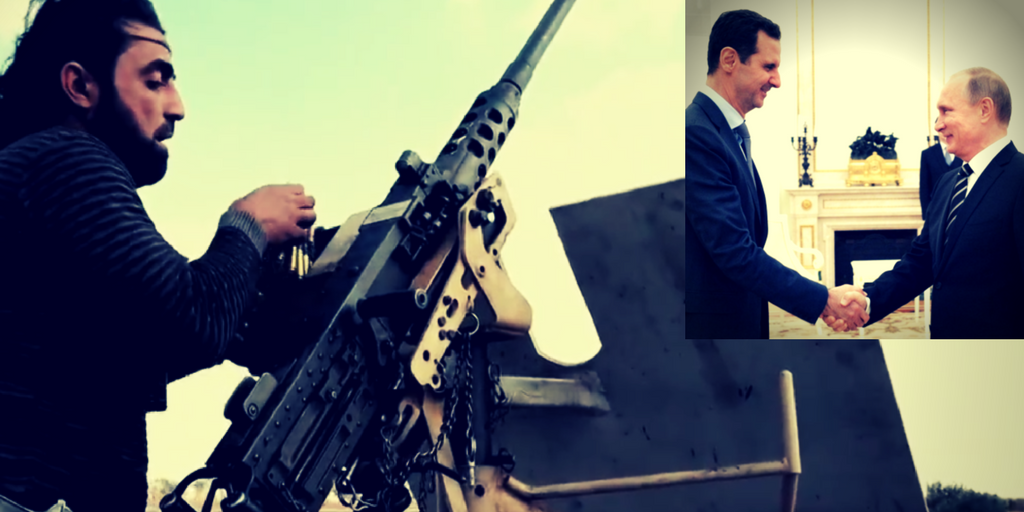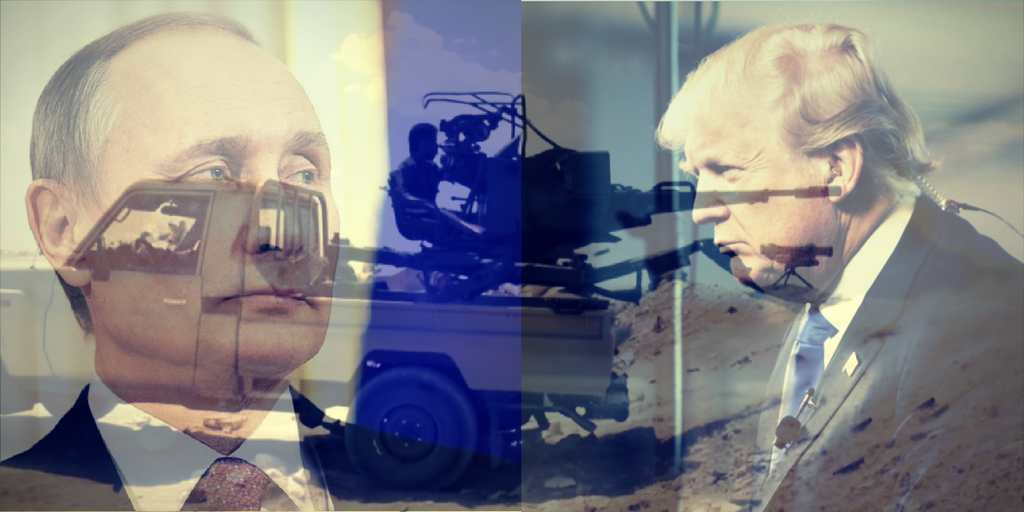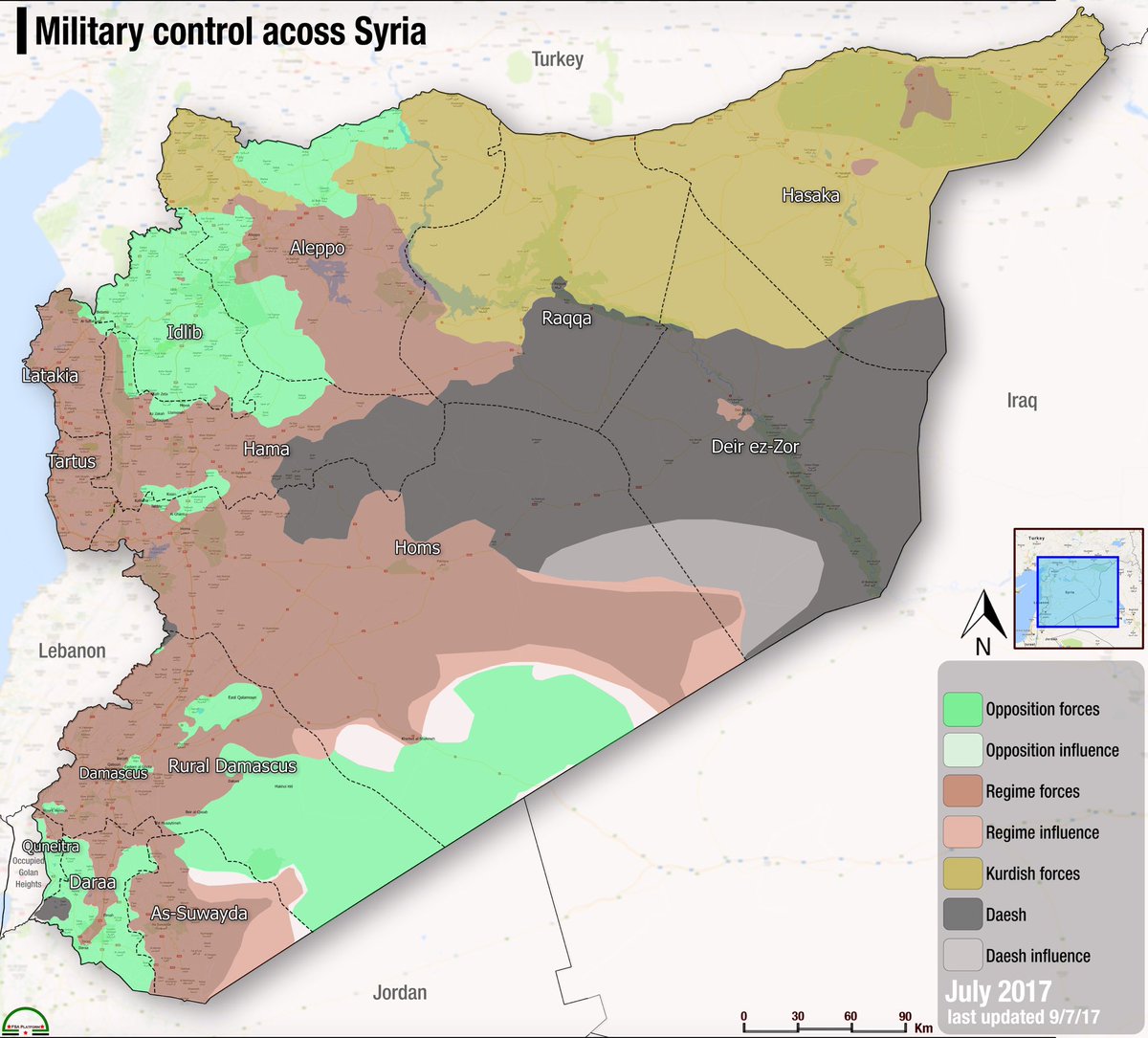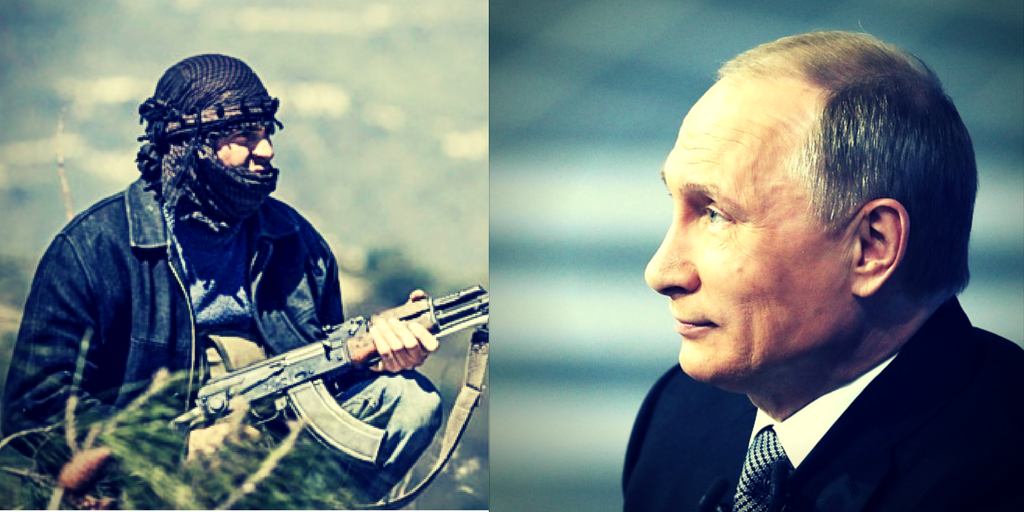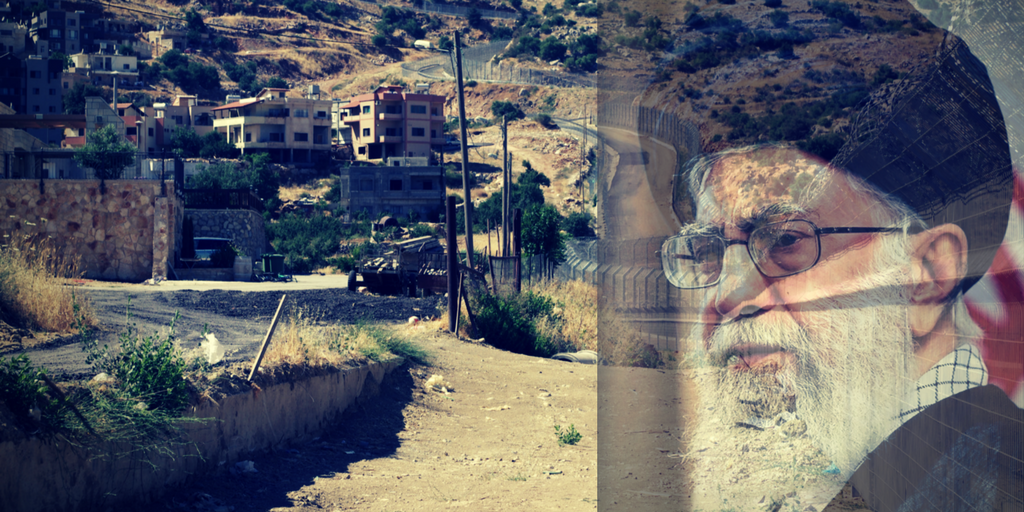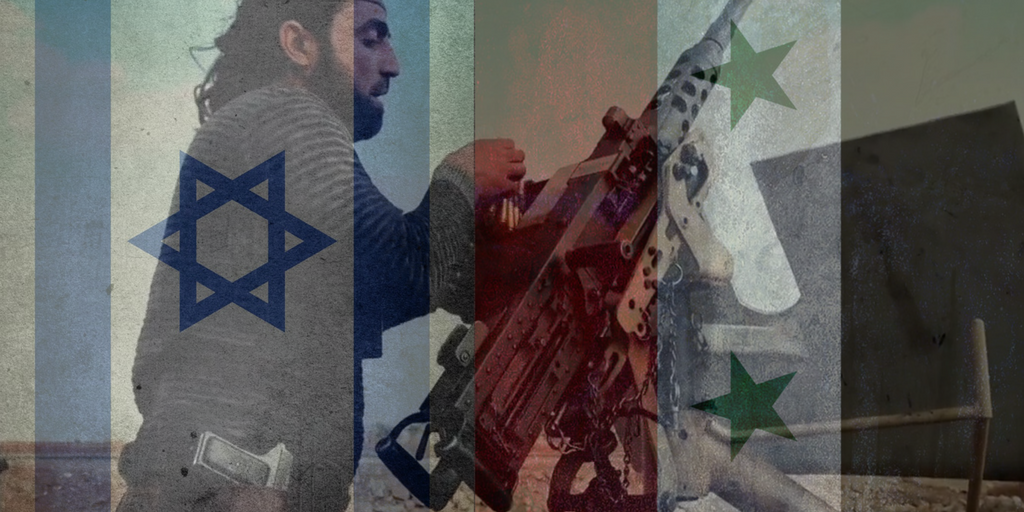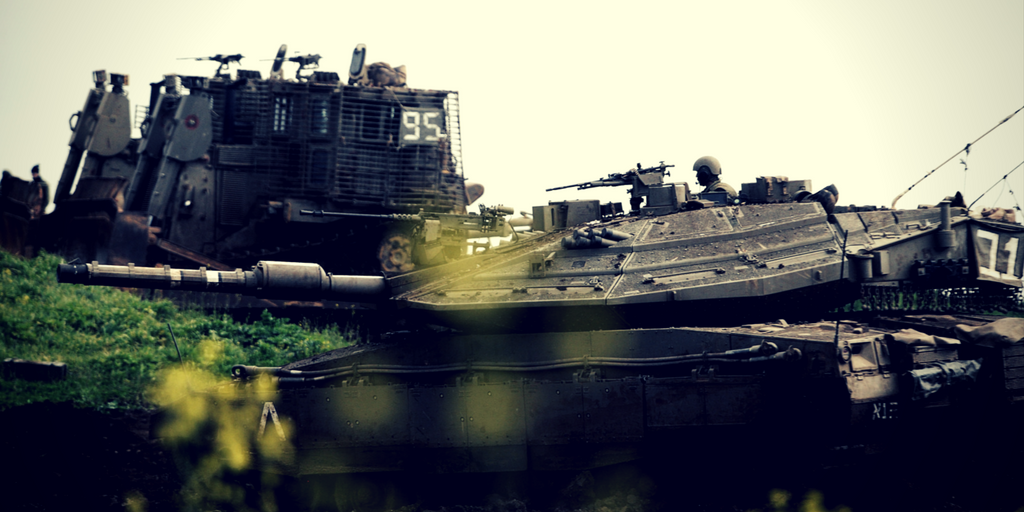There have been countless articles written about the intersection between the Iranian and North Korean nuclear programs, yet if the latest pictures taken by the Syrian opposition is an indication, the extent of the collaboration between the two countries along with the Russian acquiescence to the program should be alarming to everyone.
Published by a Syrian opposition site last week, the following images and information taken in Syria along with a detailed description by a worker at the site show collusion between the North Korean, Iranian, and Syrian governments in building an active ballistic missile factory.


MEMRI translated the July 10th article found on the site, which said the following:
Zamanalwsl.net stated that it had “received exclusive photos of the Assad regime’s scientific research center in the Wadi Jahannam region that is [administratively] in the rural area of Tartus. The new photos support this website’s previous report regarding the center where Bashar [Al-Assad] paid a secret visit that was disguised as a public and documented tour of a visit to several homes [of his supporters] in the rural region of Hama…
“This is a facility for the development and manufacture of long-range missiles and M600 ballistic missiles – the [latter is] the secret name given by the science center [to these missiles, which are manufactured according to] the model of the Iranian Fateh 110 missile.
“The sources [cited in the report] indicated that the center has a branch in Deir Shamil [in western Hama province] where there is a base of the Fourth Division [of the Syrian army under the command of Maher Al-Assad, brother of Bashar]. [At this branch,] chemicals are produced and stored in the hillside adjacent to an underground road. According to the sources, Brig.-Gen. Ghassan Abbas is the director of the branch, under the direct command of Salim Ta’mah, deputy director of the Scientific Studies and Research Center (SSRC). The sources expect that the construction of [the branch of the SSRC] will be finished by year’s end.”
With the Trump administration allowing Russia to take key border areas near Jordan and Israel as part of last week’s ceasefire, the revelation of such a dangerous facility makes the Russia presence a clear danger to Israel.
Can Israel Take Out the Missile Factory?
When Israel took out the Syrian nuclear program that was built by North Korea, the region was very different. Russia had not presence outside of its Latkia base, the US was considered te strongman in the region, and Syria was essenitally a weak actor.
Today’s Syria is a non-existant entity, but Iranian and Russian forces exist througout the war torn country. Not to mention, the Russians have their S-400 anti-aircraft missile system installed in the region, essentially changing the dynamic the Israeli Airforce has to contend with.
This leaves the Trump administration to push back on Russia forcing them to remove the base. This unlikely for two reasons. The first is that Trump has been touting the “ceasefire” as a success. Second to that he has made it clear that Russia is a responsible actor and needs to be partnered with in order to bring stability to the region.
If Trump would bring Putin to task on this base, it would be an admittance that Trump’s entire Russia strategy is actually flawed.
North Korean-Iranian Collusion is the Real Story
It has become more and more obvious that the Mullahs in Tehran and North Korea have done more than help eachother out when necessary. Their active partnership in building weapons of mass destruction is so tight that when talking about taking out one regime, it really means taking out two. Furthermore, Syria needs to been seen in a far different light by the administration. True, no one in America wants to see boots on the ground, but this base is a game changer. Syria is now linked to North Korea, which has made it clear that it intends to nuke America.
The Trump administration, if it is serious about North Korea, must roll back the partnership between Iran, Syria, North Korea, and Russia. If it doesn’t, Israel must be empowered to do it for them.


